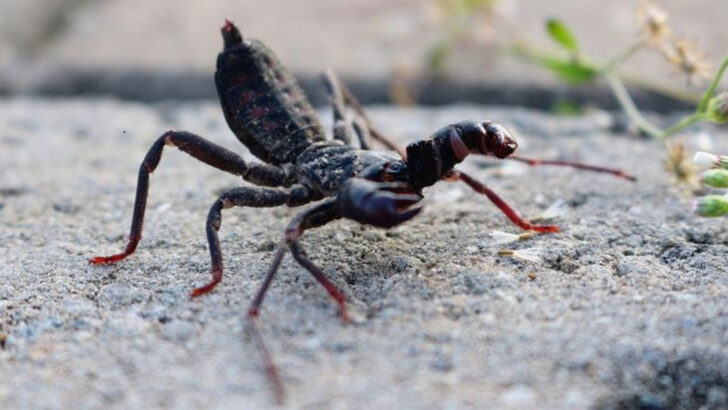The vinegaroon, also known as the whip scorpion, is a creature that sparks curiosity and intrigue.
Unlike many of its arachnid cousins, it doesn’t pose a threat to humans, yet it boasts a unique ability to spray acetic acid as a defense mechanism.
This fascinating insect, mainly found in the southwestern United States and parts of Mexico, is an enigmatic blend of oddity and charm.
In this article, we delve into 10 intriguing facts about the vinegaroon, exploring its unusual traits, behaviors, and the incredible world it inhabits.
A Master of Chemical Warfare
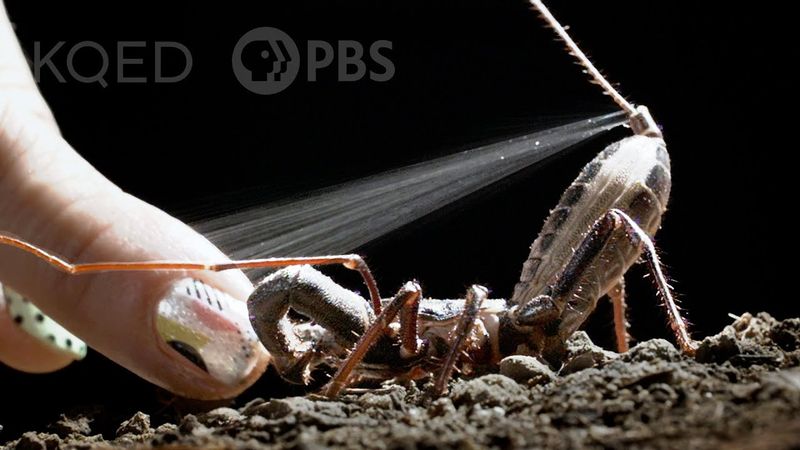
The vinegaroon might look fierce, but its most notable defense is its chemical spray. It can release acetic acid from its tail, creating a vinegar-like smell that deters predators.
This behavior is both a fascinating adaptation and a survival necessity. In its natural habitat, the vinegaroon uses this acid spray to ward off potential threats. Imagine encountering a creature that employs chemistry in its defense arsenal!
This extraordinary tactic not only protects the vinegaroon but also highlights the wonders of evolution in the animal kingdom.
Not a Scorpion, But Close
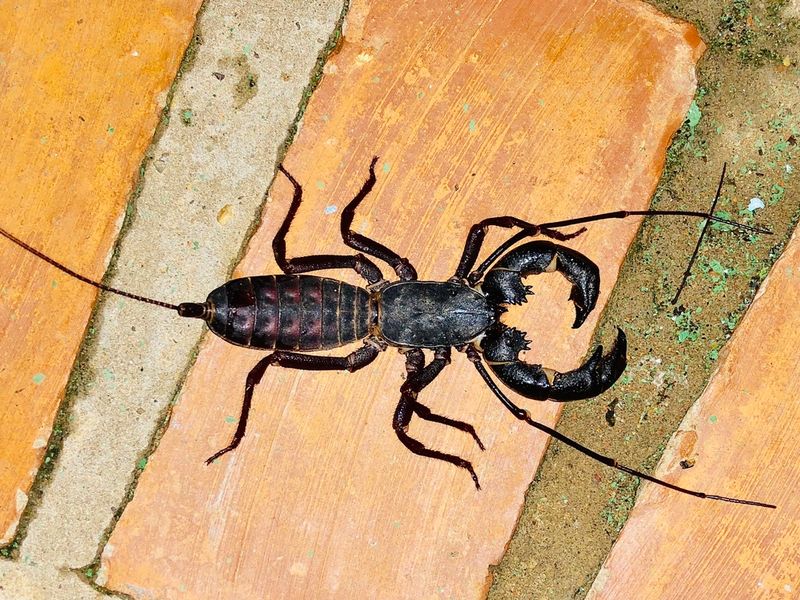
Despite its nickname, the whip scorpion, the vinegaroon isn’t a true scorpion. It’s part of the order Thelyphonida, which distinguishes it from its more infamous relatives.
With a whip-like tail instead of a stinger, the vinegaroon showcases the diversity within arachnids. This distinction is essential for understanding the fascinating branches of the arachnid family tree.
Though they share some similarities, the absence of venom in the vinegaroon marks a significant difference. This harmless nature offers a unique perspective on the creature’s evolutionary path.
Nighttime Wanderers
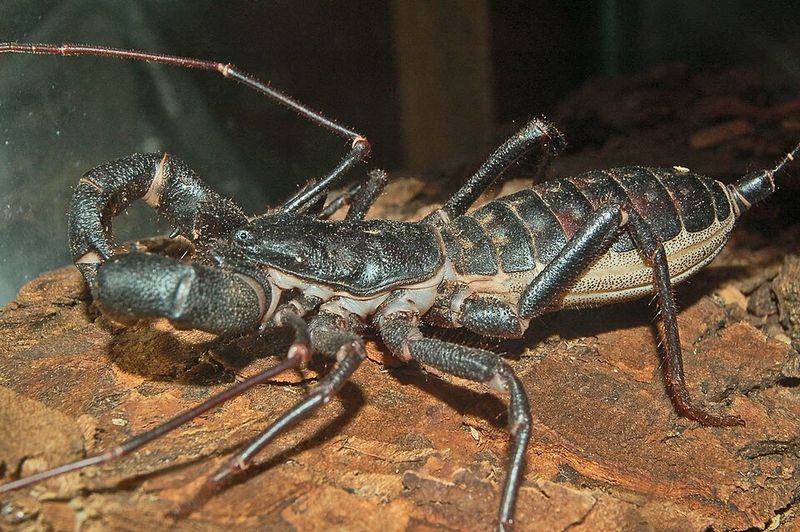
Vinegaroons are predominantly nocturnal, thriving in the cover of darkness. This nighttime behavior aids them in avoiding daytime predators and hunting for food in cooler temperatures.
Their nocturnal nature emphasizes their adaptability to challenging environments. With keen sensory abilities, vinegaroons navigate the night with precision. This lifestyle choice is an excellent example of how organisms can evolve to maximize their survival.
For those lucky enough to spot one, witnessing a vinegaroon in its natural habitat is a rare and enlightening experience.
Unique Sensory Tools
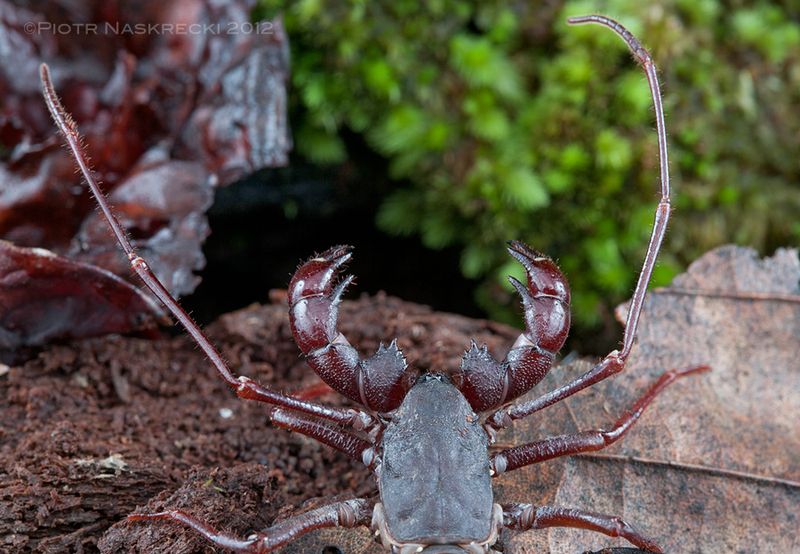
One of the vinegaroon’s most intriguing features is its specialized front legs, which function as antennae. These legs are not used for walking but are sensory tools that help detect vibrations and navigate their environment.
This adaptation is critical for survival, allowing the vinegaroon to sense danger and find prey. The evolution of such specialized limbs showcases the incredible diversity of life and the various ways organisms adapt to their habitats.
It’s a testament to nature’s ingenuity in equipping creatures with tools for survival.
The Art of Subterranean Living
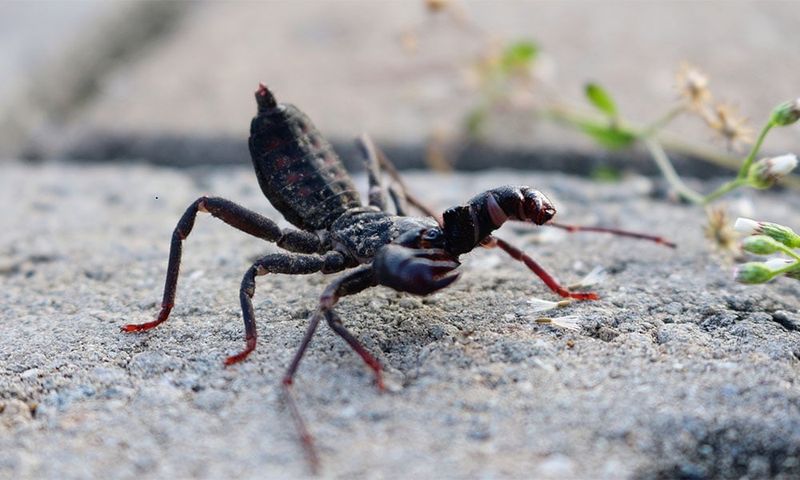
Vinegaroons are adept diggers, creating burrows in the ground where they spend much of their lives. These burrows provide shelter from the harsh climate and predators.
By constructing complex underground homes, vinegaroons demonstrate remarkable engineering skills. The burrow serves as a fortress and a nursery, safeguarding the next generation. This subterranean lifestyle is a prime example of adaptation to an arid environment.
It reflects the vinegaroon’s resilience and ability to carve out a niche in some of the world’s most unforgiving landscapes.
Impressive Longevity
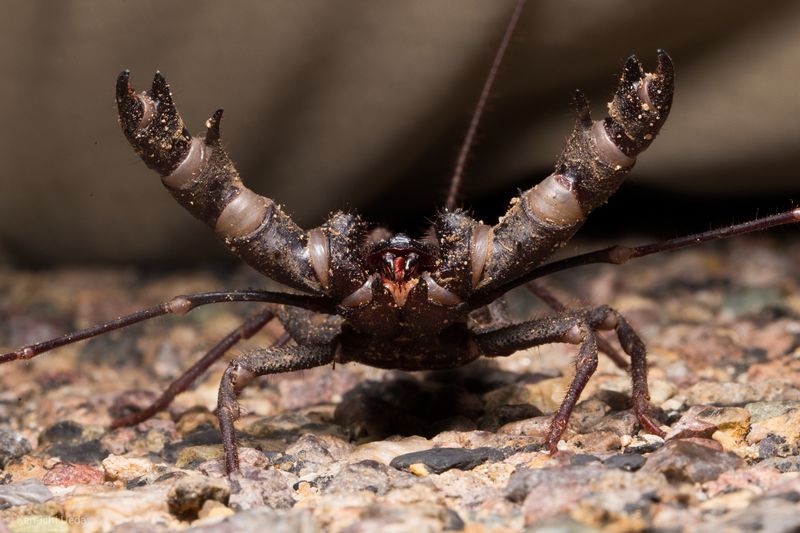
Unlike many insects, vinegaroons boast an impressive lifespan, living up to 7 years in the wild. This longevity allows them to play a consistent role in their ecosystem over time.
Their extended life cycle includes several molts, during which they grow and develop. This feature highlights the vinegaroon’s importance in its ecological niche and its ability to adapt over time.
Longevity in the animal kingdom often correlates with stability and adaptability, traits that the vinegaroon exemplifies. It’s a testament to their enduring presence in a dynamic environment.
Masters of Silence
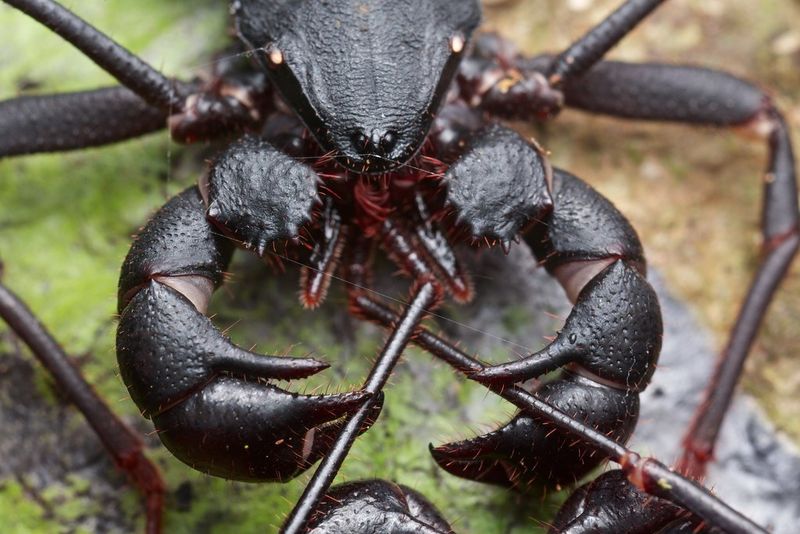
Vinegaroons are masters of silence and stealth, rarely making noises that could reveal their presence to predators. This quiet demeanor enhances their ability to remain undetected, both from predators and while hunting prey.
Their silent nature reflects a lifestyle of discretion and caution, essential for survival in the wild. This mastery of silence is a remarkable adaptation, showcasing how vinegaroons thrive by blending into their surroundings.
It also speaks to the broader theme of survival tactics employed by various creatures in the animal kingdom.
Mating Rituals
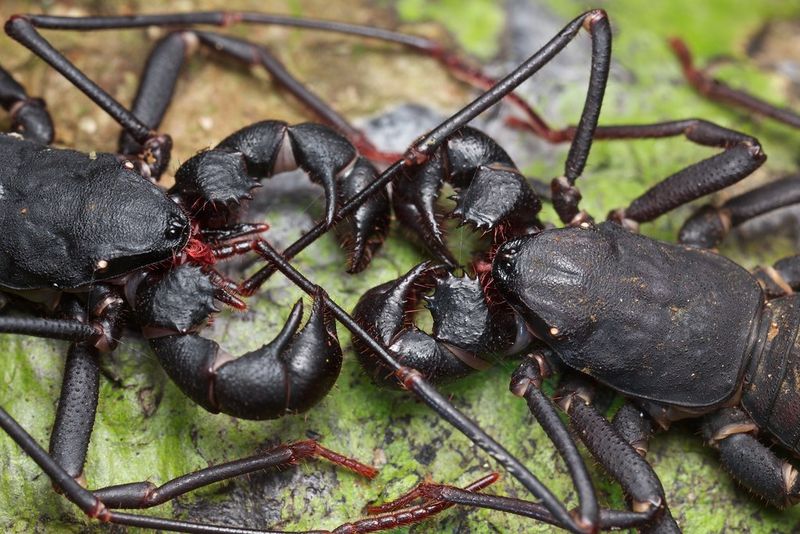
The mating rituals of vinegaroons are an elaborate affair, often occurring in the protective cover of night. During these rituals, males use their antennae-like legs to engage with females, displaying a unique dance.
This behavior not only facilitates reproduction but also emphasizes the intricacies of vinegaroon interaction. The careful choreography of their mating dance reflects their complex communication methods.
It’s a captivating glimpse into the social behavior of these solitary creatures. Such rituals are vital for ensuring the continuation of their species.
Dietary Preferences
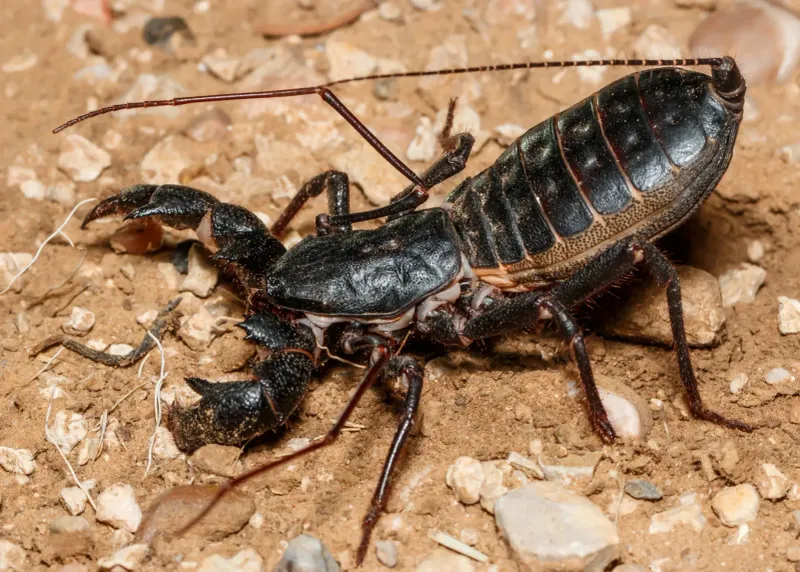
Vinegaroons have a varied diet, feeding on insects, worms, and other small arthropods. This carnivorous diet supports their role as pest controllers in their ecosystems.
By consuming a range of prey, vinegaroons maintain ecological balance and contribute to biodiversity. Their predatory skills are honed through evolution, allowing them to effectively capture and consume their meals.
This dietary flexibility is a key aspect of their survival and highlights their role in maintaining environmental health. It’s fascinating how such small creatures impact their surroundings significantly.
Conservation Status
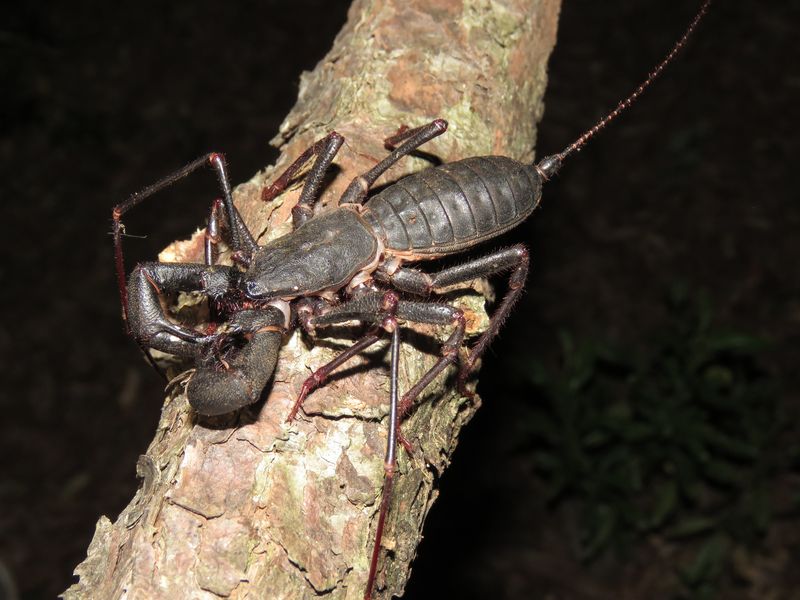
Currently, vinegaroons are not considered endangered, but habitat destruction poses a future threat. Their survival depends on the preservation of their natural habitats.
Conservation efforts are crucial to ensure these fascinating creatures continue to thrive. Protecting the environments they inhabit will help maintain the delicate balance of their ecosystems.
Awareness and education about the importance of vinegaroons can aid in their conservation. While they might not be in immediate danger, proactive measures are essential to safeguard their future.

